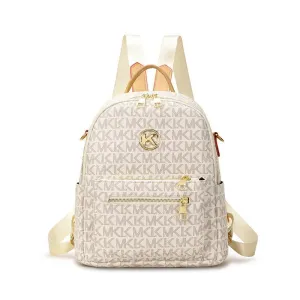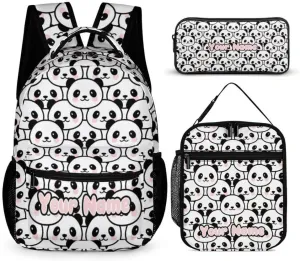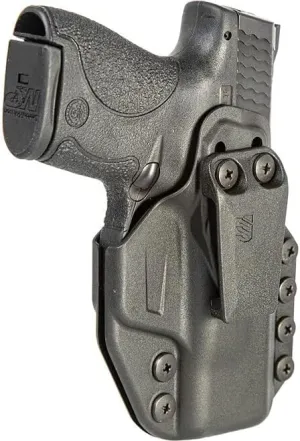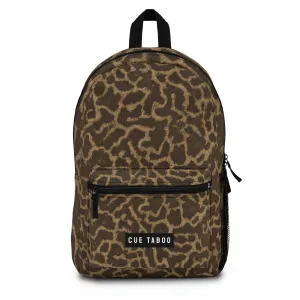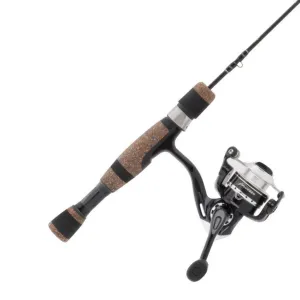- - **Blade Design**: Broad, slightly convex blade with a sharp edge and a pronounced beard (lower hook).
- - **Materials**: Typically forged from high-carbon steel for durability and edge retention; handle made from hardwood like ash or hickory.
- - **Decorative Elements**: Often adorned with intricate patterns, runes, or animal motifs; sometimes inlaid with precious metals.
- - **Combat Techniques**: Used for devastating overhead strikes, sweeping cuts, and hooking maneuvers; effective in close-quarters combat and against armor.
- One Handed 18" Real Viking Battle Axe Outdoor Camping Hatchet | Bearded Axe
- - **Weight and Balance**: Well-balanced for powerful swings and precise control; optimized for both cutting power and maneuverability.
- - **Symbolism**: Signified strength, honor, and martial prowess; often passed down as heirlooms or buried with warriors to symbolize status
Blacksmith New Blacksmith One Handed 18” Real Viking Battle Axe Outdoor Camping Hatchet | Bearded Axe High Carbon Steel Blade with Ash Wood Perfect Grip Handle 678 MEASUREMENTS Over all Length = 6.5 Inches Head = 20 Inch Handle Blade Size = 5.5 inches Handle Size = 20 Inches Blade Material = Carbon Steel Blade Accessory = Genuine Leather Cover **Blade Design**: The blade of a Viking battle axe was meticulously crafted for both efficiency in combat and aesthetic appeal. It featured a broad, slightly convex edge that tapered to a sharp point, capable of delivering devastating cuts and cleaving through armor with ease. The blade's shape often included a pronounced beard, extending below the eye of the axe, which not only added to its cutting surface but also allowed for effective hooking maneuvers in close combat. **Materials and Construction**: Crafted by skilled blacksmiths, the axe head was typically forged from high-carbon steel, renowned for its hardness and ability to retain a keen edge. Some axe heads were pattern-welded, incorporating layers of different metals to create a visually striking and resilient blade. The handle, made from durable hardwood such as ash or hickory, was carefully shaped and treated to ensure a comfortable grip and optimal balance. **Weight and Balance**: A well-balanced Viking battle axe was designed to maximize cutting power while maintaining maneuverability. The weight distribution between the head and handle allowed warriors to deliver swift, controlled strikes with precision, crucial in chaotic battlefield conditions. This balance also facilitated rapid transitions between offensive and defensive maneuvers, enhancing the axe's effectiveness in combat. **Decorative Elements**: Beyond its functional design, the Viking battle axe often featured intricate decorative elements that reflected the owner's status and craftsmanship. The axe head might be adorned with geometric patterns, runes, or animal motifs, intricately etched or inlaid with precious metals. These embellishments not only enhanced the axe's visual appeal but also imbued it with cultural and symbolic significance. **Combat Techniques**: In battle, Viking warriors employed a variety of techniques with their axes, exploiting its versatility to devastating effect. They could deliver powerful overhead strikes to crush helmets and break shields, or execute swift, sweeping motions to disable opponents in close-quarters combat. The axe's ability to hook and pull adversaries offered tactical advantages, allowing Vikings to control engagements and exploit vulnerabilities. **Cultural Symbolism**: The Viking battle axe held profound cultural symbolism, representing strength, honor, and prowess in combat. It was not merely a weapon but a symbol of a warrior's identity and lineage, often passed down through generations or buried alongside its owner as a testament to their martial achievements. The craftsmanship and symbolism of the axe reinforced social hierarchies and exemplified the warrior ethos of Viking society. In summary, a competitive Viking battle axe was a masterfully crafted weapon that combined lethal efficiency with exquisite craftsmanship and cultural symbolism. Its design, materials, and decorative elements reflected the technological sophistication and artistic sensibilities of Norse craftsmen, while its battlefield prowess underscored the martial prowess and strategic acumen of Viking warriors.


